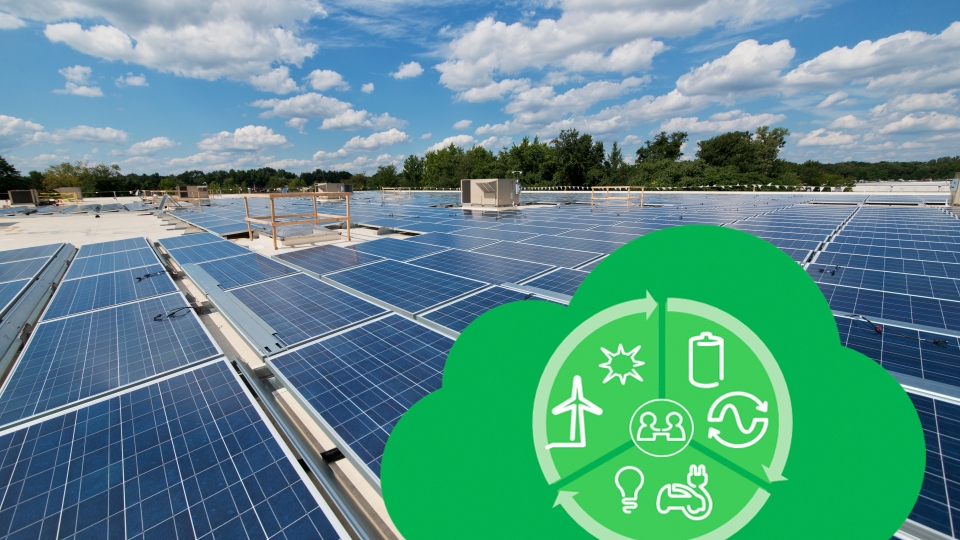
French multinational firm Schneider Electric has added a Grid Operations Platform as a Service to its EcoStruxure Grid portfolio to help address the demands of critical energy infrastructure for the energy industry.
Backed by Microsoft Azure’s open cloud computing platform, the new offering provides a deployment environment that enables grid planning and operations solutions to be hosted and managed on the cloud.
Designed to answer the unprecedented challenges that grid operators face today, Schneider says its Grid Operations Platform as a Service offers simplified deployments, incremental enhancements, increased scalability, and reduced maintenance - all while enabling managed and advisory services.
“Microsoft’s commitment to this collaboration is helping drive digital transformation for people, organisations and the industry at large,” said Alexis Grenon, SVP Digital Grid at Schneider Electric. “Together we are working to help our customers manage more reliable, efficient, sustainable and secure grids today and into the future.”
Schneider said it is now extending its success in delivering asset management and edge management cloud solutions to operations management.
New EcoStruxure DERMS (distributed energy resource management systems) and EcoStruxure ADMS (advanced distribution management system) running on Azure, including use cases such as DER (distributed energy resource) management, outage management, grid planning, and user training, will help smaller organisation can realise the same benefits as larger firms.
“Microsoft is supporting Schneider Electric in delivering business solutions that allow customers to focus more on their operations and less on managing software infrastructure,” said Darryl Willis, corporate VP, energy industry at Microsoft. “This further enables Schneider Electric to address the utility industry’s most pressing business challenges with the flexibility, reliability and security of Azure."
Schneider said Grid Operations Platform as a Service supports the growth of distributed energy resources, microgrids, energy communities, and other flexible resources across digitally planned, designed and operated lifecycles.


